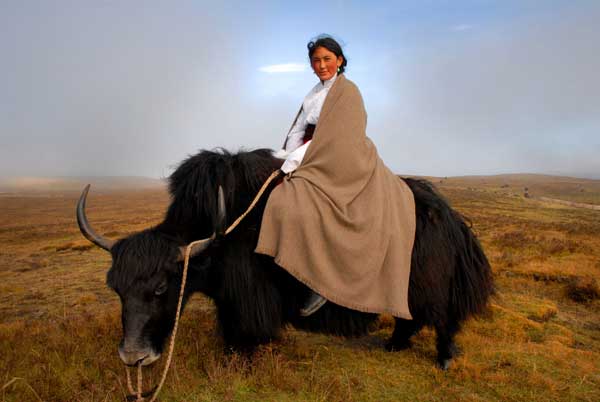 |
| Photo provided to China Daily |
Although Dechen is half-Tibetan, she still had difficulty convincing villagers that the fibers they had always neglected would be valuable. She also had to fight the concept the Tibetans had that being migrant workers was the only way out of poverty.
The first person she targeted was Sangye Dhundup, a well-established nomad with a substantial number of yaks and sheep. Half convinced, Sangye and his wife Dzomkyid went with Dechen to Cambodia in 2006.
"We saw people weaving camel hair from Inner Mongolia into very beautiful cloth. We thought it would be possible to process the yak wool in the same way and that will be a rare opportunity for us to change our future," Sangye says.
They learned silk and wool weaving in Cambodia and Nepal and returned to the village with looms and started training people.
We recommend:
